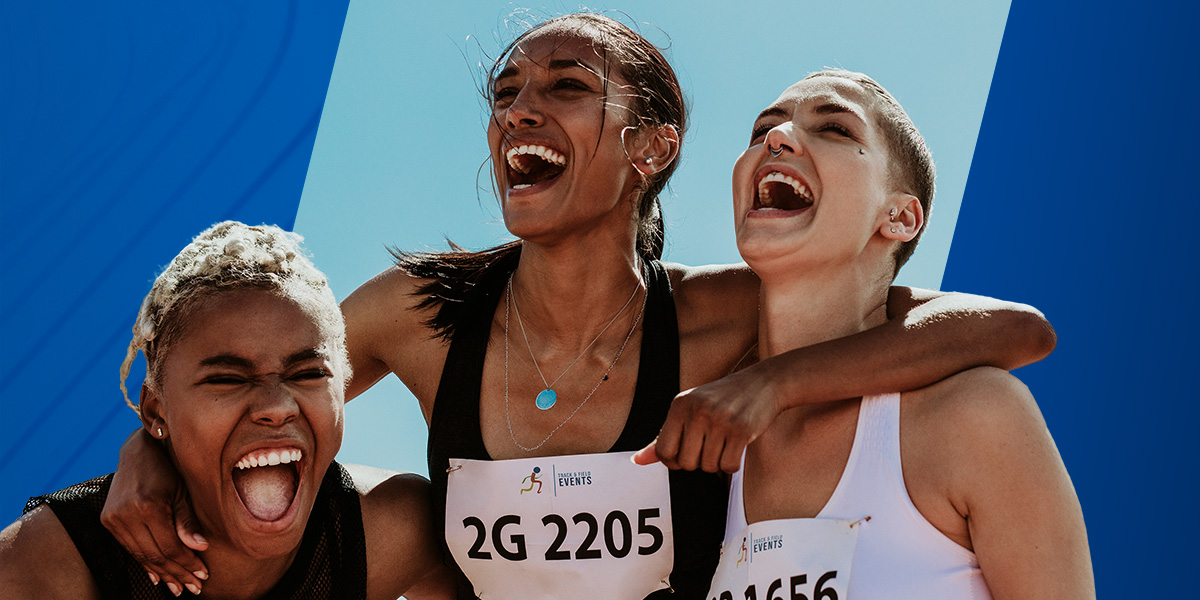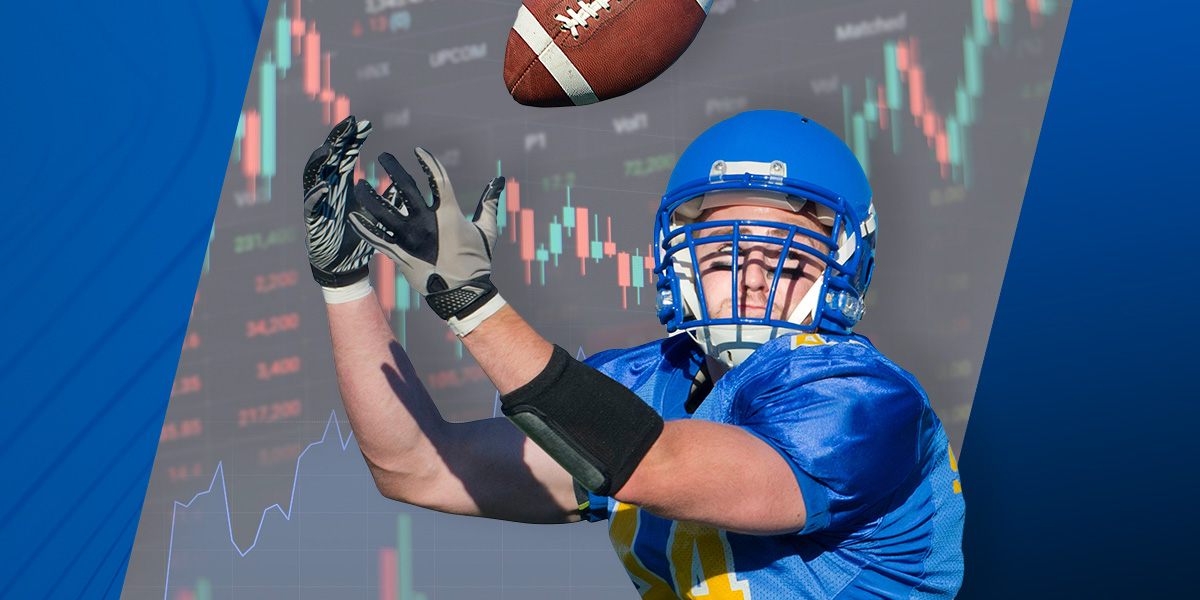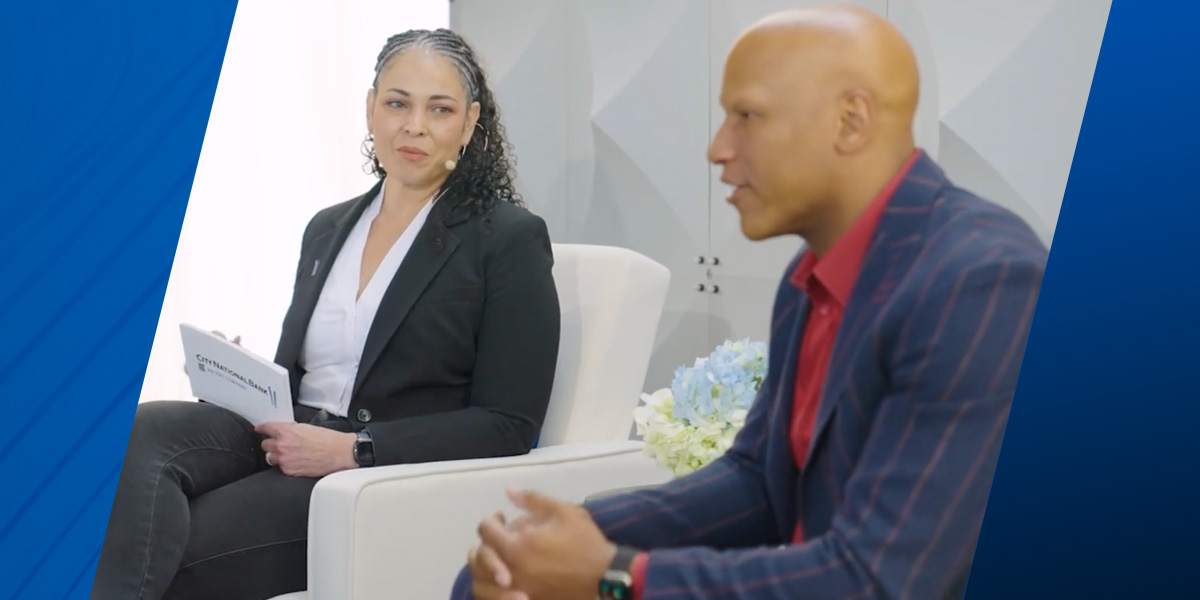Explore More
College sports are a $19 billion-a-year business, generating more than double the revenue as the English Premier League. But it was only in 2021, when a U.S. Supreme Court ruling allowed college athletes to be compensated for their name, image, and likeness (NIL) for the first time, that the players who fuel the industry earned a slice of those profits.
Since the NIL floodgates opened, the business of collegiate athletics has been in a constant state of change, accelerated by the May 2025 settlement in the landmark House v. NCAA lawsuit which will allow schools to share up to $21 million of revenue directly with athletes. As the lines between the NCAA’s beleaguered amateurism model and professional sports grow increasingly blurred, the landscape can be a goldmine for savvy athletes — or a minefield for those without the proper guidance.
To better understand this evolution and the opportunities and risks for athletes, City National Bank carved out time during the 2025 Pro Advisory Sports Summit to discuss the topic with experts on the industry’s cutting edge.
Charles Frazier, team lead with City National's Sports Banking team, was joined by Justin Giangrande, CEO and founder of sports marketing agency Network, and Donald Woodard, founding partner of entertainment and sports law firm Carter Woodard.
They highlighted four ways the game is changing and how experienced representation can help athletes make the most of the moment.
The New Negotiation Landscape
Although student-athletes are not yet considered employees of their schools or conferences, revenue sharing and the transfer portal combine to shift athlete-school relationships from one of collaboration and mentorship to a more transactional approach. And to fully take advantage of this new environment, athletes need to be aggressive in negotiating their contracts with athletic departments and third-party brands.
Giangrande detailed the long, meticulous process of facilitating a deal between a student-athlete and a brand, from verifying a brand’s interest and exploring whether it’s a good fit to negotiating all material points of an agreement. He stressed the importance of involving stakeholders where needed, while keeping the early-stage negotiations and nitty-gritty details off the plates of athletes and their families.
“We keep the main thing the main thing. These are 17-, 18- and 19-year-olds. There’s a lot of pressure," he said. A great team, he added, will allow athletes to focus on their game and devote a small fraction of their time to NIL deals.
Likewise, Woodard spoke about key concerns he brings to each deal, from morality clauses to AI rights protection to exclusivity terms.
“We are thinking about ownership and assets, and building assets," he said. "We’re creating holding companies and licensing use of their NIL to the universities and brands… and constantly monitoring the timeline of exclusivity.”
A New Way to Run College Sports
Things are also changing at the administrative level, especially when it comes to athletic directors. As college sports become more business-oriented, the skillsets needed to run a successful program are widening.
“Gone are the days of an athletic director who once every four years picks a new coach,” Giangrande said. He pointed out that athletic directors will now need to excel at building and monetizing their school’s brand if they want to be competitive.
“Athletic directors need to be operating as CEOs, thinking about [things like] revenue generation and IP protection,” he said.
Defining Fair Market Value
Athletes and their loved ones are not often the best judges of their fair-market value, but business managers, agents and attorneys specialize in assessing how much leverage a player has in revenue sharing and brand deals.
Giangrande pointed out two data points that he uses to find a fair market value for a player: their social media reach and the value to a team generated by a player's on-field performance.
This article is for general information and education only. It is provided as a courtesy to the clients and friends of City National Bank (City National). City National does not warrant that it is accurate or complete. Opinions expressed and estimates or projections given are those of the authors or persons quoted as of the date of the article with no obligation to update or notify of inaccuracy or change. This article may not be reproduced, distributed or further published by any person without the written consent of City National. Please cite source when quoting.



